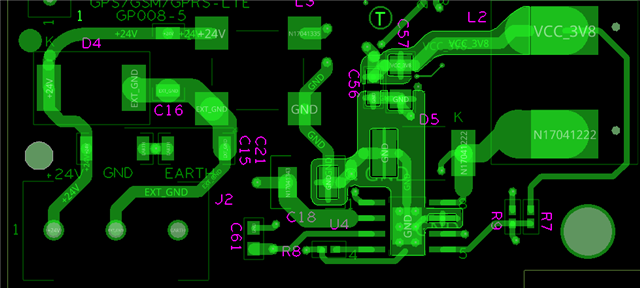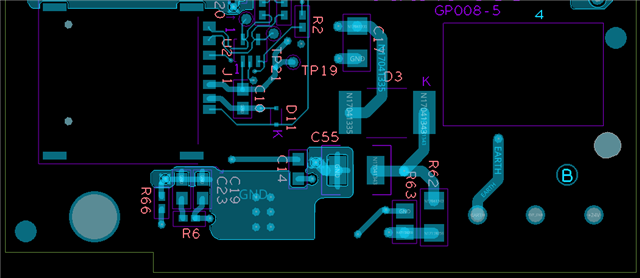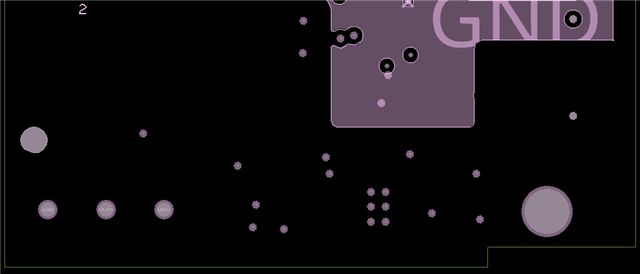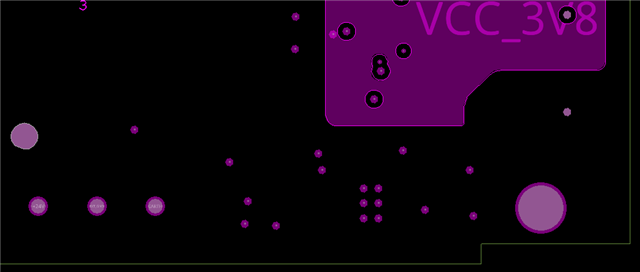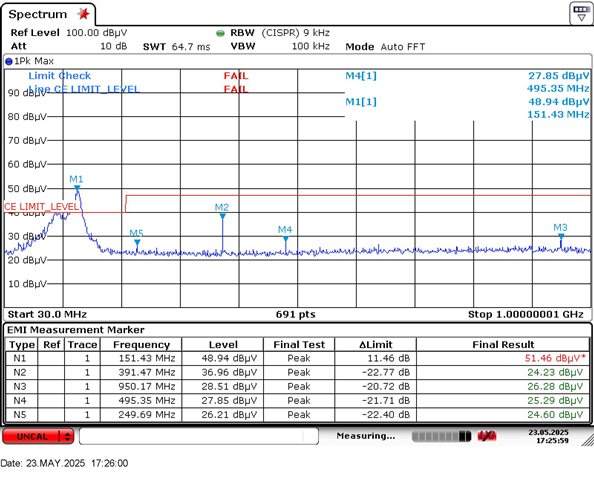Tool/software:
Hello,
I am using TPS54340B-Q1 in my design. we are converting 24v to 3.8v using this IC. during radiation emission test we observed that we are getting more radiation from this IC. can you please support me how to reduce radiated emission from TPS54340B-Q1. Also please share how much this IC radiate. For reference circuit screen shot is added here.

Thanks
Meghna Khadikar


